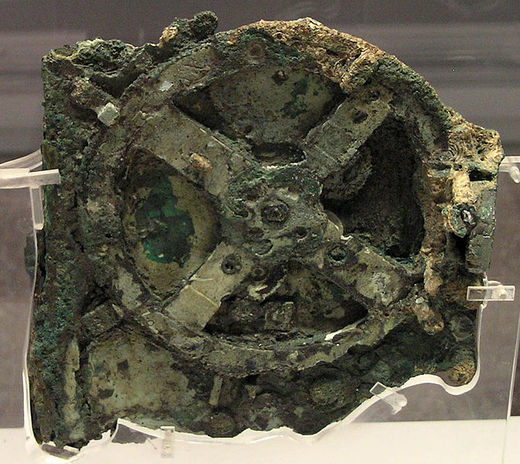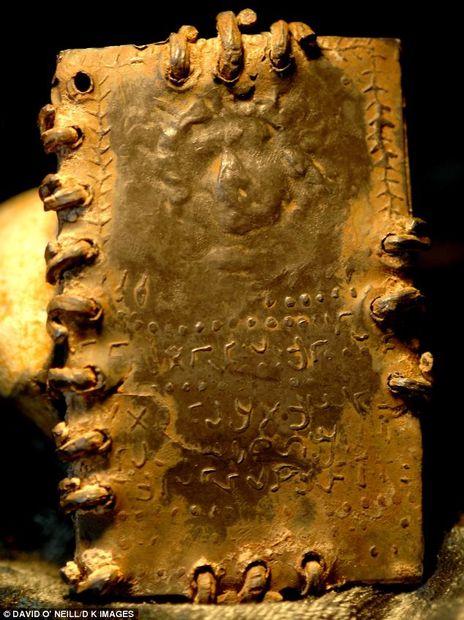
© Gideon HartmanOne of 50 tortoises found buried with the shaman.
The skeleton of a 12,000 year-old Natufian Shaman has been discovered in northern Israel by archaeologists at the Hebrew University of Jerusalem. The burial is described as being accompanied by "exceptional" grave offerings - including 50 complete tortoise shells, the pelvis of a leopard and a human foot. The shaman burial is thought to be one of the earliest known from the archaeological record and the only shaman grave in the whole region.
Dr. Leore Grosman of the Institute of Archaeology at the Hebrew University, who is heading the excavation at the Natufian site of Hilazon Tachtit in the western Galilee, says that the elaborate and invested interment rituals and method used to construct and seal the grave suggest that this woman had a very high standing within the community. Details of the discovery were published in the
PNAS journal on November 3, 2008.
What was found in the shaman's grave?The grave contained body parts of several animals that rarely occur in Natufian assemblages. These include fifty tortoises, the near-compete pelvis of a leopard, the wing tip of a golden eagle, tail of a cow, two marten skulls and the forearm of a wild boar which was directly aligned with the woman's left humerus.
A human foot belonging to an adult individual who was substantially larger than the interred woman was also found in the grave.
Dr. Grosman believes this burial is consistent with expectations for a shaman's grave. Burials of shamans often reflect their role in life (i.e., remains of particular animals and contents of healing kits). It seems that the woman was perceived as being in close relationship with these animal spirits.


Comment: Remember the Egyptians ate a lot of grain:
Origins of Agriculture - Did Civilization Arise to Deliver a Fix?
Can You Stomach Wheat? How Giving up Grain May Better Your Health
Wheat belly
The China Study, Wheat, and Heart Disease; Oh My!